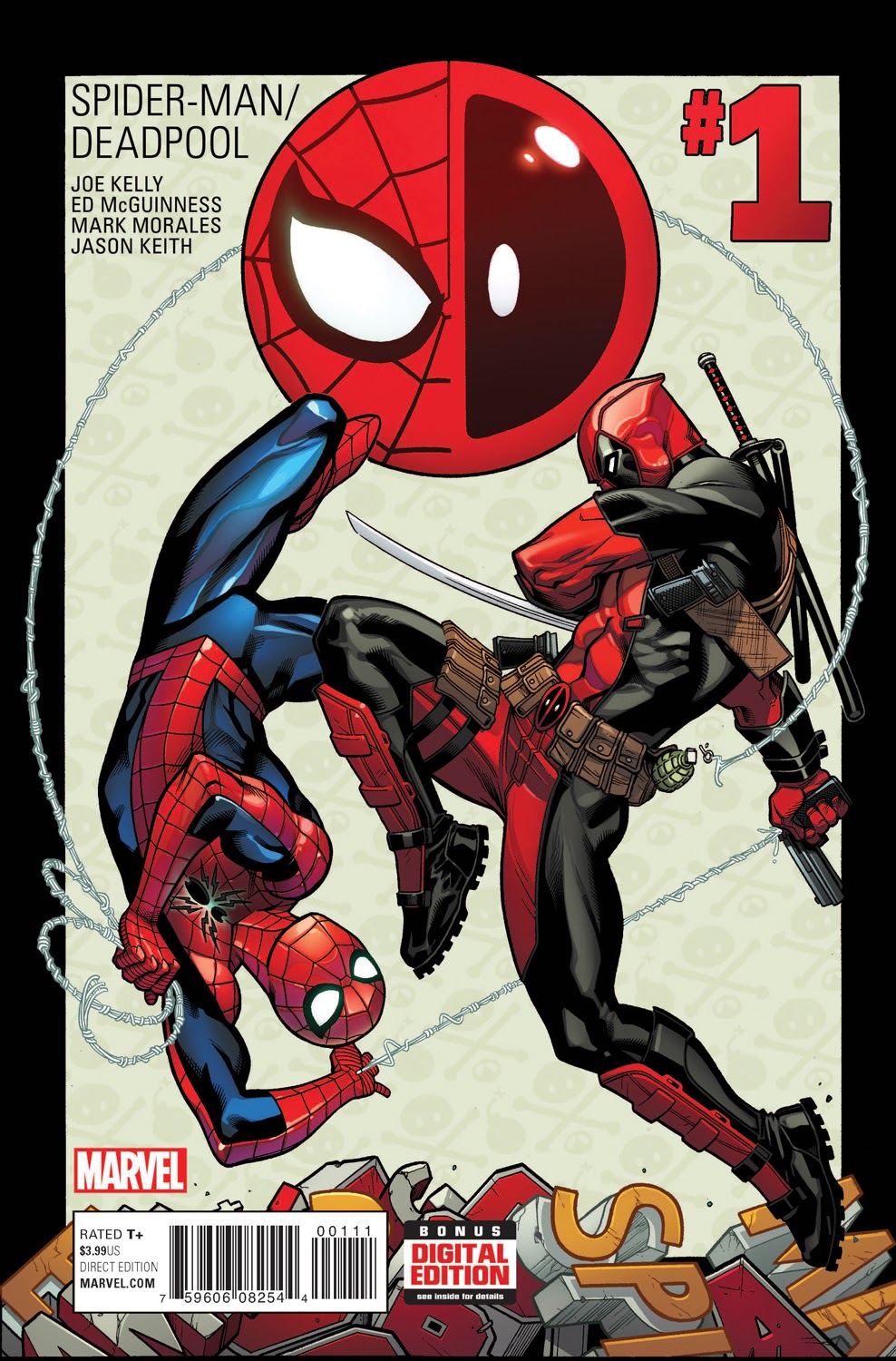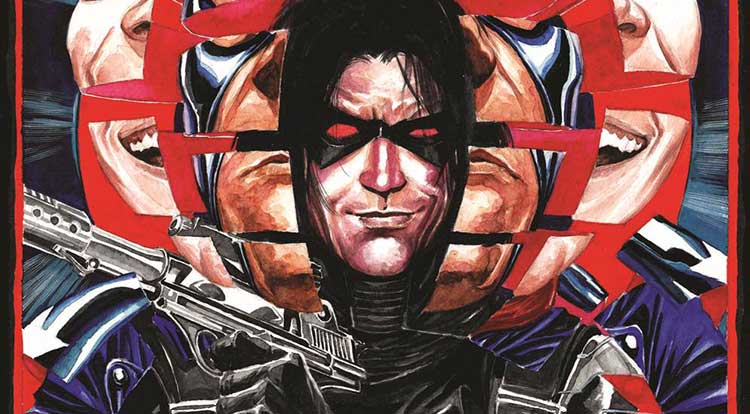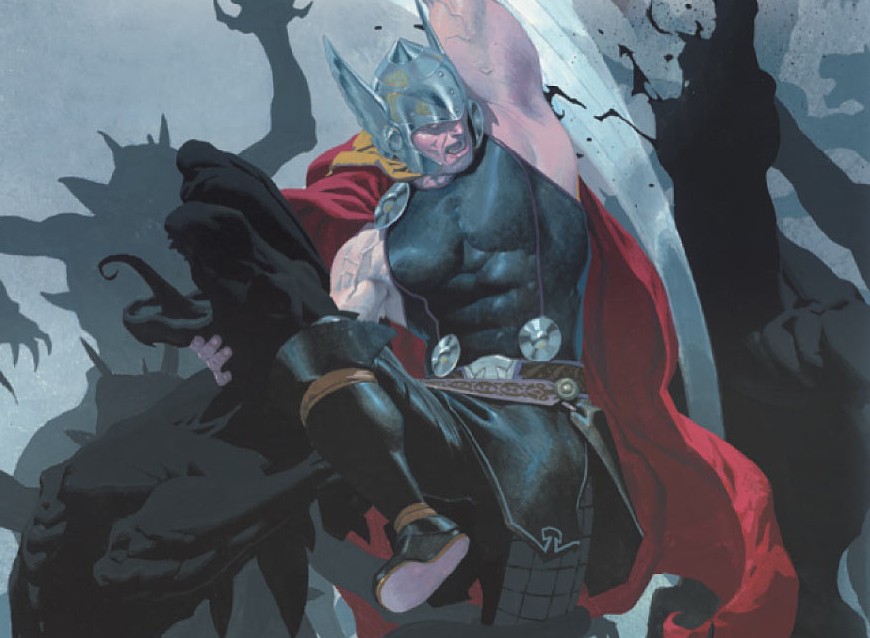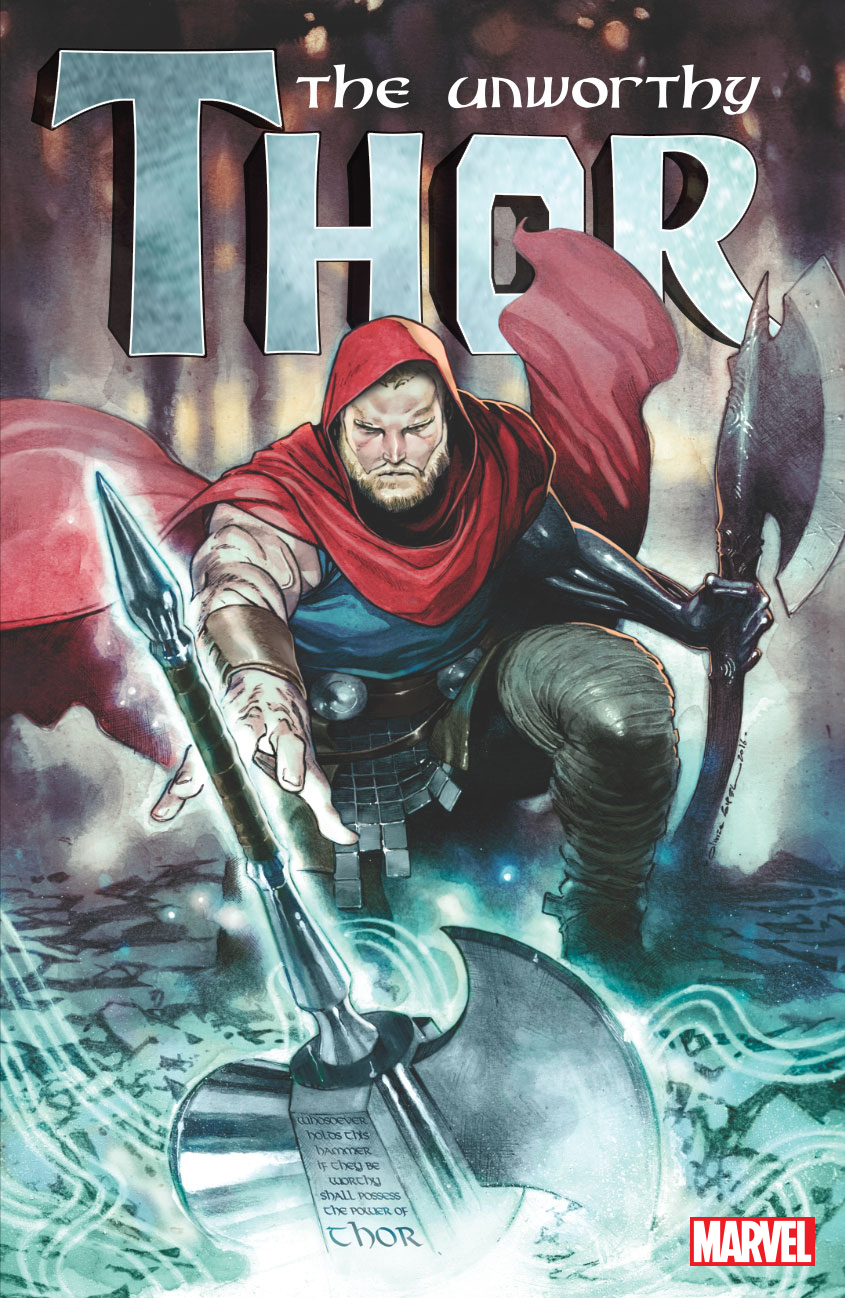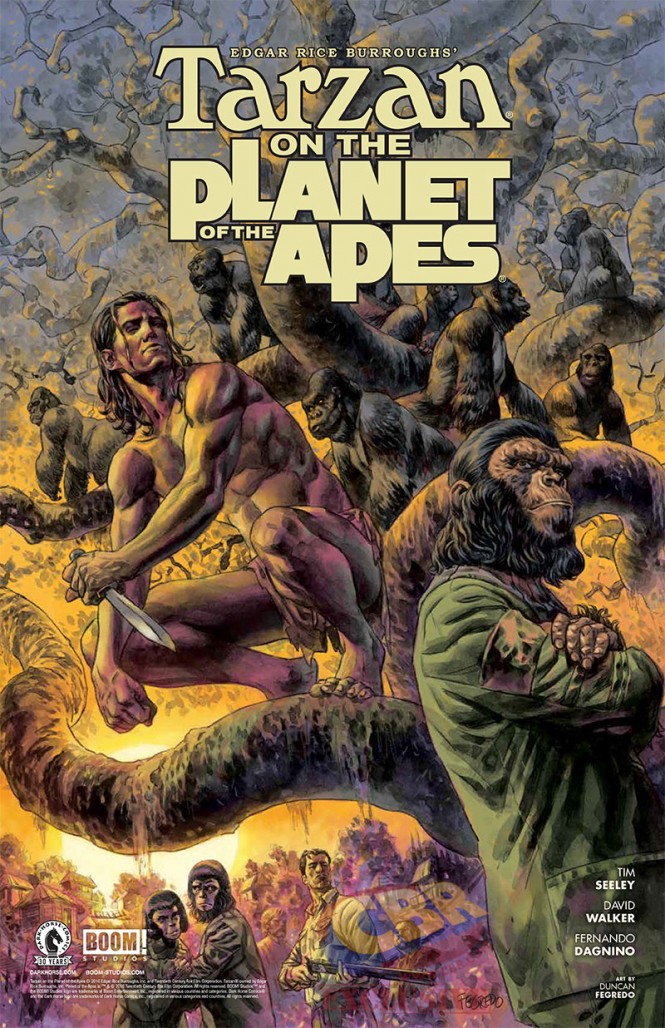Character Profile: Steve Rogers, A.K.A. Captain America
Creators: Joe Simon and Jack Kirby
Publisher: Timely Comics, then Marvel Comics
Comic Book Debut: March, 1941
Column by: Max Mallet
“It’s tempting to want to live in the past. It’s familiar. It’s comfortable. But it’s where fossils come from.” From Mark Waid’s Captain America: Man Out of Time.

A Brief History:
Steve Rogers (alias Captain America) was created by Joe Simon and Jack Kirby in March, 1941 and published by Timely Comics (though Captain America has been a Marvel property for the vast majority of its existence). The character’s mantle and the date he was created is hardly an accident: though America was not yet entrenched in World War Two, many Americans were already beating the proverbial war drums. It’s also noteworthy that Jack Kirby was born Jacob Kurtzberg and Joe Simon was born Hymie Simon; thus, his creators were Jewish and had a more vested interest than the average American (before America’s official declaration of war) in seeing the Nazi war machine brought to heel. Therein lies the reasons that Captain America is the walking embodiment of American patriotism.
In his book The Comic Makers, Joe Simon says he originally wanted to call Captain America, “The Super American.” However, Simon stated that there were too many ‘Supers’ in comics already. It’s no small stretch to say the name change was probably for the best.
Steve Rogers was originally a frail kid from Brooklyn who wanted to make a difference in the war effort. During a government-run experiment, Rogers was injected with a serum that transforms the young man into the ideal soldier. At the end of World War Two, Rogers is ensnared in ice and survived in suspended animation for decades. Once he thaws, Captain America becomes an integral part of the current Marvel Universe, becoming the undisputed leader of the Avengers.
Abilities

While Cap doesn’t have any superpowers (such as the proportional strength and speed of a spider or the ability to outrun a bullet) the serum that transformed him gave him unique gifts:
- Pinnacle of human strength
- Does not tire due to lack of lactic acid accumulation in his muscles
- Elevated mental capacity and faculties
Additionally, the starred-and-striped super-hero is an expert martial artist and battlefield tactician. Come to think of it, he has a lot in common with a certain someone who stalks Gotham City after dusk. Minus the nearly indestructible vibranium shield that the captain wields, of course.
One Famous Cover

The image above is likely the most famous portrayal of Captain America in the character’s illustrious 76-year history. While its imagery is lauded today, it was more divisive during its time. Collectively, America wasn’t hungry for war before the attack on Pearl Harbor. In Bradford W. Wright’s Comic Book Nation: The Transformation of Youth Culture in America, Simon states, “When the first issue came out we got a lot of … threatening letters and hate mail. Some people really opposed what Cap stood for.” The United States has had a large number of German immigrants for some time, and pro-Nazi German Americans were among the loudest voices protesting against this nascent icon.
Captain America Comics #1 sold nearly a million copies when it hit the stands. In 2011, a copy sold for a whopping $343,000 in an auction.
A Recent Controversy

If you haven’t read any Captain America comics before, think of Hydra as a clumsy Nazi parallel in comic book form. Last summer, writer Nick Spencer introduced that Cap had been a Hydra mole since childhood. This was likely a marketing gimmick designed to generate buzz during a summer when DC was trouncing Marvel in the marketplace despite publishing fewer books. It definitely generated noise, but served as a counter to the saying, “all publicity is good publicity.” The comic’s sales numbers were mediocre. Marvel fans were not pleased. Furthermore, Spencer received death threats over the stunt.
The fact that online trolls took to threatening a comic book creator over their artistic choice is repugnant. There’s no disputing that. It’s also not surprising, given social media’s enabling of internet volatility. What is understandable is the near unanimous, angry uproar by the more civilized masses. Given that Cap’s creators were Jewish and that his first appearance displays him striking Adolf Hitler in the face, Spencer’s ploy was absurd, perhaps even offensive. Think you’ll ever see the Black Panther or Luke Cage proclaiming, ‘the south shall rise again?’ Likely not.
On the bright side, this whole “Hail Hydra” business birthed an internet having a field day in the meme/GIF department:




What Drives Him
At his core, Captain America is a folksy, nostalgic hero. He’s not going to drive a convertible with a supermodel in it like Tony Stark. He’s not a brilliant scientist with the propensity to turn into a nearly indestructible green beast in a burst of anger. Ultimately, he’s a man out of time doing his best to balance the scales of justice. Cap’s over-the-top-patriotic garb can be off-putting for some. However, the wardrobe becomes more palatable when you consider the character’s longevity and the context from which he was created.
Unlike many of the high-profile Marvel super-heroes, Cap is not averse to crossing the proverbial killing line. He is a soldier, after all, and a soldier who’s not willing to kill is far less likely to return home. However, he only kills when necessary, so you won’t often find him teaming up with the Punisher. There’s a specific reason that Cap’s primary weapon is a shield. The glorified, nearly indestructible frisbee is supposed to signify that Cap — and America by association — are defensive by nature instead of aggressors. The truth behind the symbology is, of course, open for debate.

Cap is arguably the nucleus of the Marvel universe. Like Batman at DC, underneath the uniform, he’s just a man. He can’t shoot lasers from his eyes or summon lightning through sheer will. It’s actually not even Cap’s extraordinary abilities that lend towards the Avengers trusting him as their undisputed leader: it’s his mental acuity, strong moral grounding and courage in the face of insurmountable odds.





